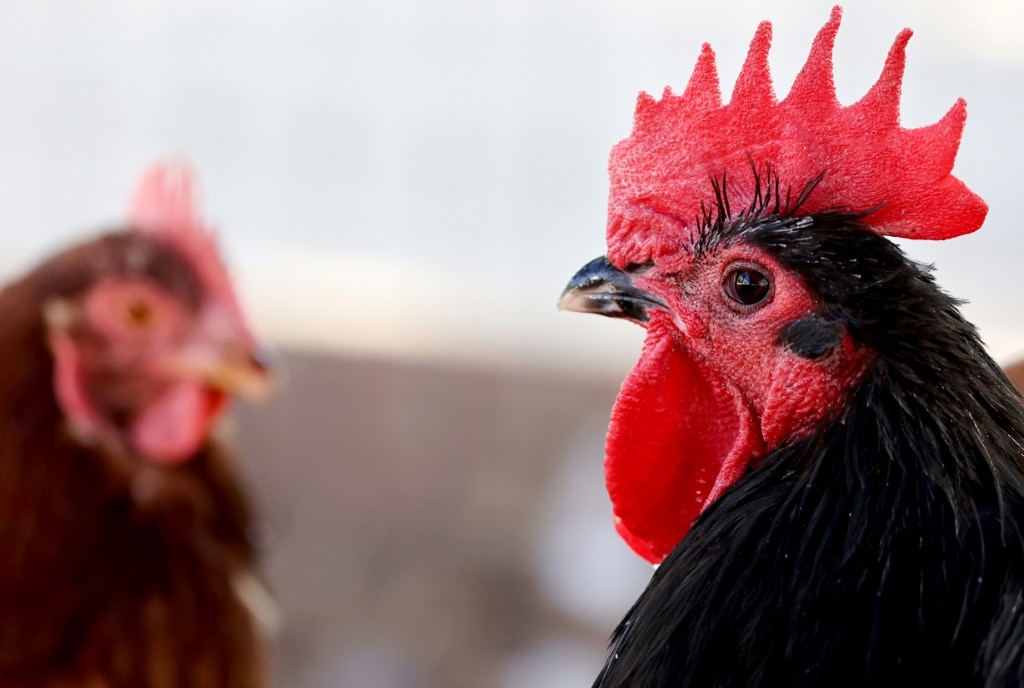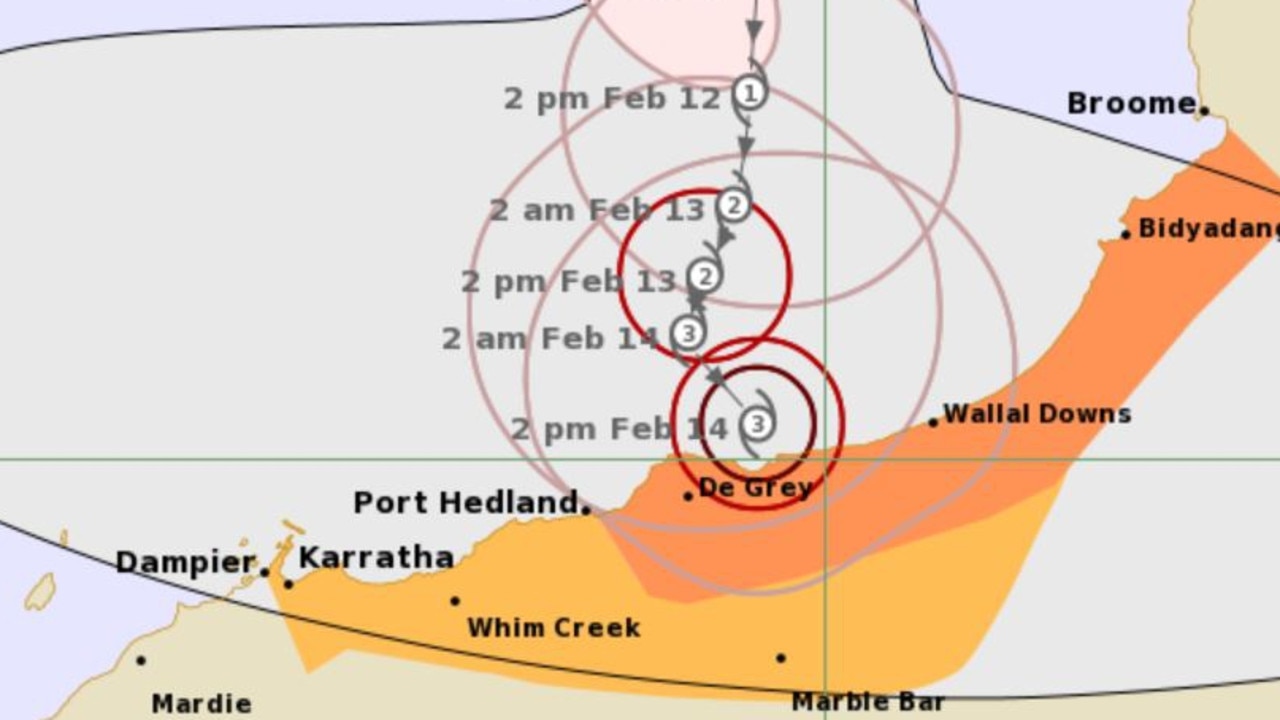Bird flu detected in Australia: What you need to know
Australia’s latest outbreak of avian flu is different from those that caused national egg shortages and the strain wreaking havoc internationally. Here’s what you need to know.
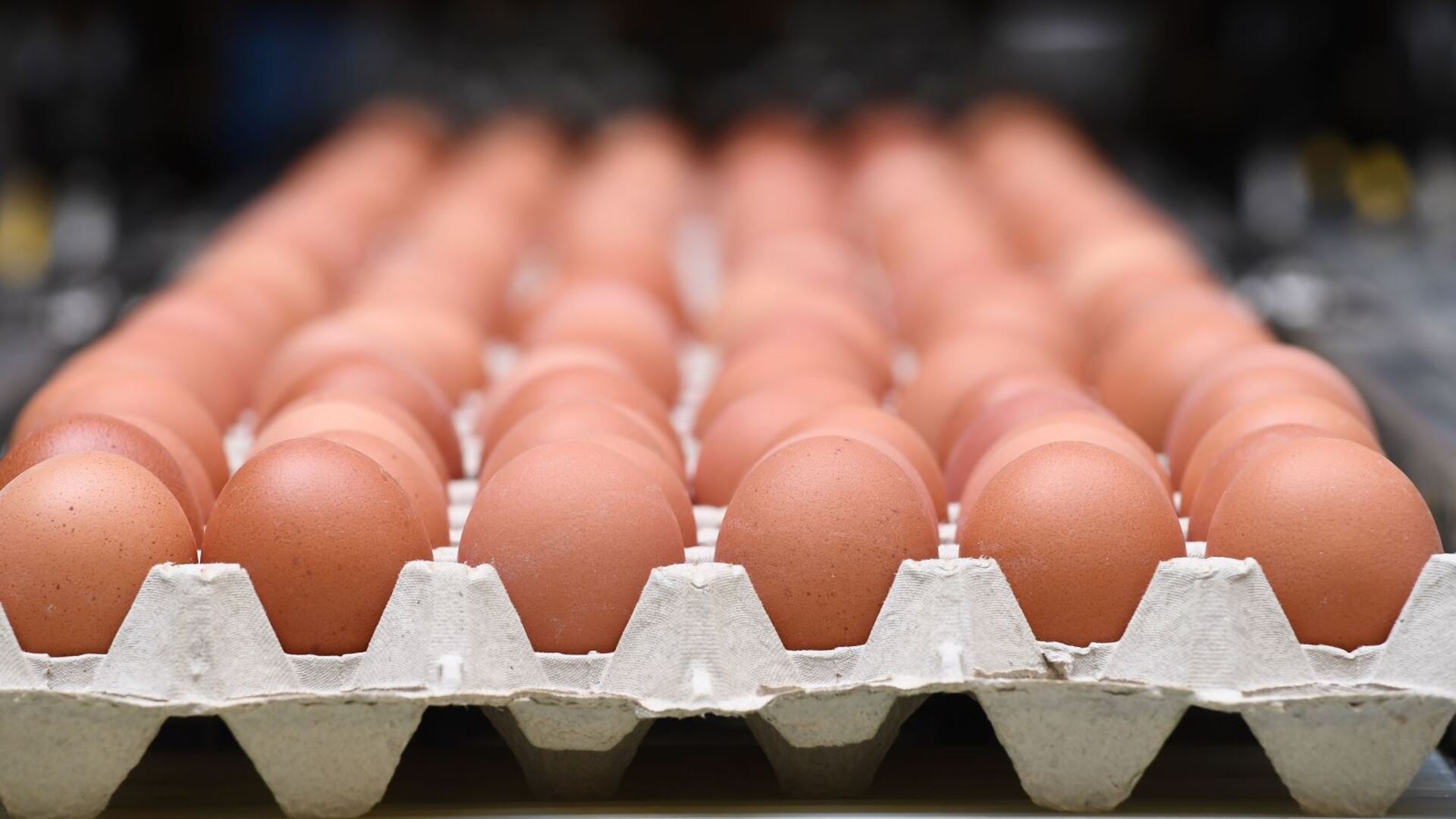
Avian influenza was detected on a poultry farm in northern Victoria on Saturday, just days after the federal government announced the country had eradicated all outbreaks.
The detection of the virus on a property in Euroa is not linked to outbreaks of the virus in Victoria, NSW and the ACT in 2024.
Australia was declared free from H7 avian influenza strains on February 6, just four days before the latest outbreak.
The strain detected in Victoria (H7N8) is different from the virus impacting the United States in recent months, which has been detected in mammals including dairy cows and 68 humans.
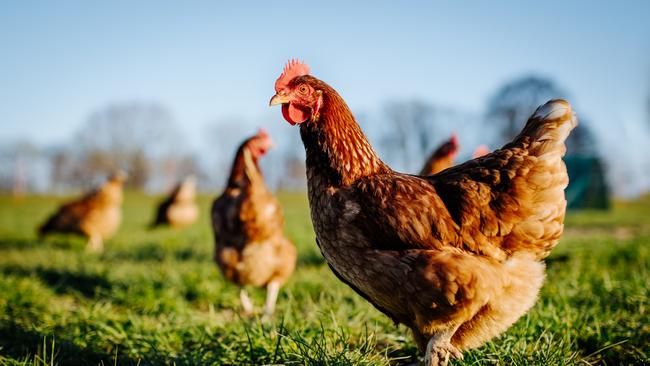
How dangerous is H7N8?
There is no evidence H7N8 has infected humans, and the current outbreak has only been detected on one property.
This strain of avian flu is classified as having “high pathogenicity”, meaning it is more likely to cause harm to its host through disease.
Influenza virologist at the University of Queensland, Dr Kirsty Short, said there are important differences between what Australia is experiencing and what’s going on in the United States.
“It’s a similar situation to what we’ve faced before,” she said, as the 2024 cases in Australia were also H7 strains of avian flu.
“ It’s really important to note that it’s not the H5N1 strain that’s been circulating globally. The risk of what we call ‘spillover’ or transmission between species is probably quite low.”
Symptoms in bird populations can include an increase in deaths, a decline in egg production, or a decrease in food and water consumption.
In individual birds, it can cause swollen heads or extremities, nervous signs such as shaking, or purple patches on legs or skin.
“Any outbreak of avian flu is devastating to the poultry industry and needs to be taken very seriously,” Dr Short said.
How does it spread and what’s being done to stop it?
Agriculture Victoria named birds at “high risk” of infection as “chickens, ducks, geese, turkeys, guinea fowl, quail, pheasants, emus and ostriches”.
Wild birds such as ducks or geese can carry the virus without showing symptoms of disease.
Through sharing water sources and food, the virus is able to cross into domestic bird populations and cause disease.
Since the global spread of H5N1 avian flu in 2006, Australia has enacted a national program to monitor wild and domestic bird populations.
Victoria’s acting chief veterinarian Cameron Bell said the Euroa poultry farm quickly identified the infection and is working with authorities to contain it.
“Avian influenza is commonly spread by wild birds, and unfortunately, despite the business having excellent biosecurity controls in place, poultry have been infected,” Mr Bell said.

Federal Minister for Agriculture, Fisheries and Forestry, Julie Collins, said Australia has successfully contained H7 strains of the virus “a number of times in the past 50 years, including as recently as last year”.
“The government is well prepared for avian influenza outbreaks, and we’re taking this incident of HPAI [high pathogenicity avian influenza] extremely seriously,” she said.
Euthanasia of affected and at-risk bird populations is generally required to manage avian flu outbreaks, and will likely be necessary in Victoria.
In Euroa, authorities have established a quarantine area 5km around the affected property and other controls in the surrounding region.
In these areas, a permit is required to move poultry or associated products in, out, or within the region. Any gatherings of poultry in the area including sales, bird shows, markets or auctions are banned until further notice.
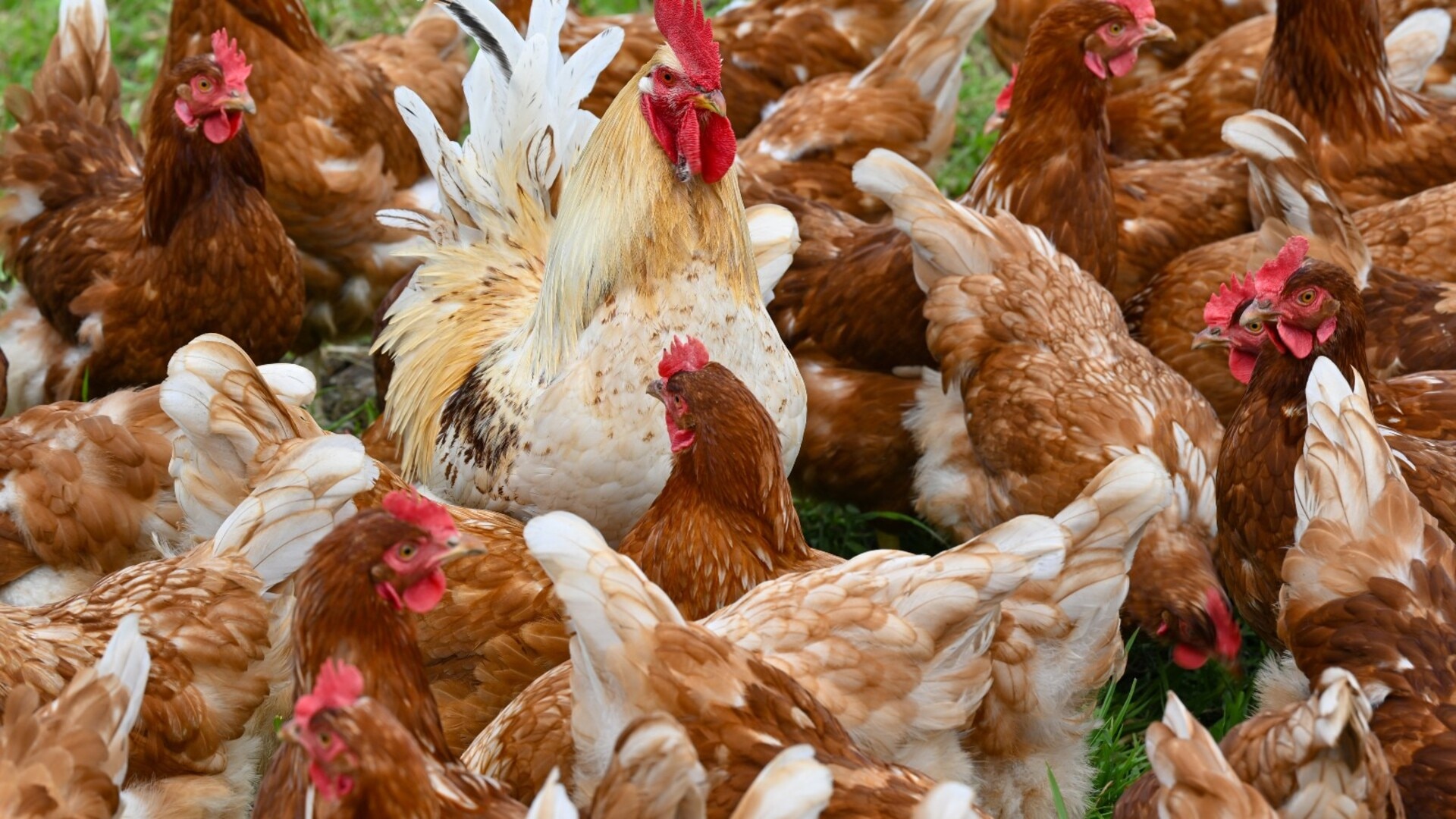
What’s going on with poultry products and eggs?
Poultry products are not at risk of spreading the virus, and supply levels haven’t been impacted so far by the latest outbreak.
“Consumers should not be concerned about eggs and poultry products from supermarkets – they do not pose a risk and are safe to consume,” Agriculture Victoria said in a statement.
The 2024 outbreak of avian flu in Australia led to extensive bird culling, reducing the supply of eggs.

In response, major supermarkets enacted purchase limits on eggs to ensure consistent supply.
Due to delays in the population bouncing back, egg availability can still be limited and many of these restrictions are still in place.
A spokesperson from Coles asked customers “to consider others in their community and purchase only what they need”.
“To manage availability, we will continue to maintain the purchase limits that have been in place since the first outbreak in Victoria in 2024,” the spokesperson said.
Woolworths has had a two-pack egg purchase limit in place since mid-2024 in all states besides WA.
What’s the risk of the H5N1 strain?
First detected in 1997, H5N1 symptoms in humans range from a runny nose and sore throat to pneumonia, encephalitis and death.
While human-to-human transmission has not been documented, infections can occur through close contact with infected animals.
In the United States, the virus has been recorded in dairy cows, wild and domestic birds and even house cats. In January, 23 million birds across the country were affected and large-scale cullings resulted in significant increases to the price of eggs.
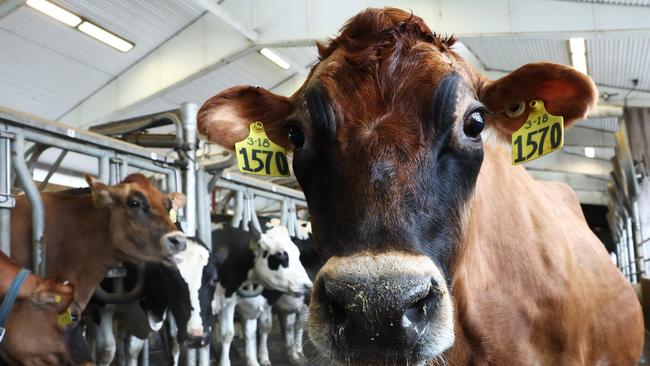
In the most recent outbreak, human infections have been recorded in 11 states and one person has died.
In the Asia/Pacific region, Cambodia is so far the worst affected with 10 human cases recorded since 2024.
Though Australia had one avian flu case in a human last year, it was contracted overseas and was a different strain to H5N1, according to the Australian Centre for Disease Control.
Australia is the only continent currently free from H5N1, with the government concerned it will be brought into the country by annual migratory birds.
The Albanese government has committed $1 billion over four years for Australian biosecurity, and more than $100 million to prepare for a potential H5 outbreak.
This funding includes $22.1m over two years to fund pandemic influenza vaccines.
According to the government website birdflu.gov.au, the federal government expects “significant impacts on our wildlife and agriculture industry, especially poultry, and communities” if H5N1 reaches Australia.
In the case of an outbreak, the Department of Agriculture, Fisheries and Forestries will co-ordinate a rapid national response with state and territory governments.
More Coverage
Originally published as Bird flu detected in Australia: What you need to know



